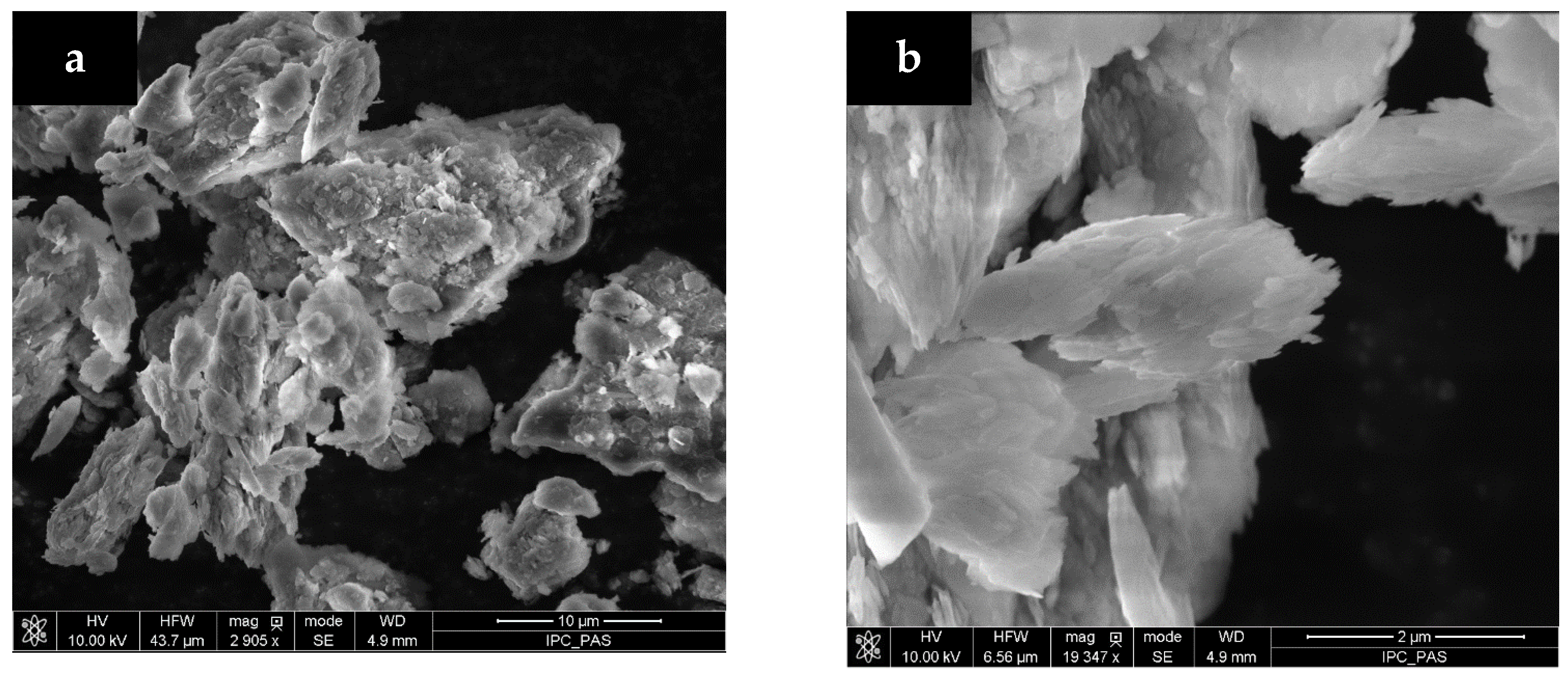Combined Influence of Low-Grade Metakaolins and Natural Zeolite on Compressive Strength and Heavy Metal Adsorption of Geopolymers
Alcina Johnson Sudagar , Slávka Andrejkovičová, Fernando Rocha, Carla Patinha, Maria R. Soares, Ana Luísa Velosa and Eduardo Ferreira da Silva
Minerals 2021, 11(5), 486
Abstract
 Metakaolins (MKs) prepared from low-grade kaolins located in the Alvarães (A) and Bar- queiros (B) regions of Portugal were used as the aluminosilicate source to compare their effect on the compressive strength and heavy metal adsorption of geopolymers. Natural zeolite, an inexpensive, efficient adsorbent, was used as an additive in formulations to enhance geopolymers’ adsorption capacities and reduce MK utilization’s environmental footprint. Geopolymers were synthesized with the replacement of MK by zeolite up to 75 wt.% (A25, B25—25% MK 75% zeolite; A50, B50—50% MK50% zeolite; A75, B75—75% MK 25% zeolite; A100, B100—100% MK). The molar ratios of SiO2/Al2O3and Na2O/Al2O3were kept at 1 to reduce the sodium silicate and sodium hydroxide environmental impact. Geopolymers’ crystallography was identified using X-ray diffraction analysis. The surface morphology was observed by scanning electron microscopy to understand the effect of zeolite incorporation. Chemical analysis using X-ray fluorescence spectroscopy and energy dispersive X-ray spectroscopy yielded information about the geopolymers’ Si/Al ratio. Compressive strength values of geopolymers obtained after 1, 14, and 28 days of curing indicate high strengths of geopolymers with 100% MK (A100—15.4 MPa; B100—32.46 MPa). Therefore, zeolite did not aid in the improvement of the compressive strength of both MK-based geopolymers. The heavy metal (Cd2+, Cr3+, Cu2+, Pb2+, and Zn2+) adsorption tests exhibit relatively higher adsorption capacities of BarqueirosMK-based geopolymers for all the heavy metals except Cd2+. Moreover, zeolite positively influenced divalent cations’ adsorption on the geopolymers produced from Barqueiros MK as B75 exhibits the highest adsorption capacities, but such an influence is not observed for Alvarães MK-based geopolymers. The general trend of adsorption of the heavy metals of both MK-based geopolymers is Pb2+> Cd2+> Cu2+> Zn2+> Cr3+ when fitted by the Langmuir isotherm adsorption model. The MK and zeolite characteristics influence geopolymers’ structure, strength, and adsorption capacities.
Metakaolins (MKs) prepared from low-grade kaolins located in the Alvarães (A) and Bar- queiros (B) regions of Portugal were used as the aluminosilicate source to compare their effect on the compressive strength and heavy metal adsorption of geopolymers. Natural zeolite, an inexpensive, efficient adsorbent, was used as an additive in formulations to enhance geopolymers’ adsorption capacities and reduce MK utilization’s environmental footprint. Geopolymers were synthesized with the replacement of MK by zeolite up to 75 wt.% (A25, B25—25% MK 75% zeolite; A50, B50—50% MK50% zeolite; A75, B75—75% MK 25% zeolite; A100, B100—100% MK). The molar ratios of SiO2/Al2O3and Na2O/Al2O3were kept at 1 to reduce the sodium silicate and sodium hydroxide environmental impact. Geopolymers’ crystallography was identified using X-ray diffraction analysis. The surface morphology was observed by scanning electron microscopy to understand the effect of zeolite incorporation. Chemical analysis using X-ray fluorescence spectroscopy and energy dispersive X-ray spectroscopy yielded information about the geopolymers’ Si/Al ratio. Compressive strength values of geopolymers obtained after 1, 14, and 28 days of curing indicate high strengths of geopolymers with 100% MK (A100—15.4 MPa; B100—32.46 MPa). Therefore, zeolite did not aid in the improvement of the compressive strength of both MK-based geopolymers. The heavy metal (Cd2+, Cr3+, Cu2+, Pb2+, and Zn2+) adsorption tests exhibit relatively higher adsorption capacities of BarqueirosMK-based geopolymers for all the heavy metals except Cd2+. Moreover, zeolite positively influenced divalent cations’ adsorption on the geopolymers produced from Barqueiros MK as B75 exhibits the highest adsorption capacities, but such an influence is not observed for Alvarães MK-based geopolymers. The general trend of adsorption of the heavy metals of both MK-based geopolymers is Pb2+> Cd2+> Cu2+> Zn2+> Cr3+ when fitted by the Langmuir isotherm adsorption model. The MK and zeolite characteristics influence geopolymers’ structure, strength, and adsorption capacities.



